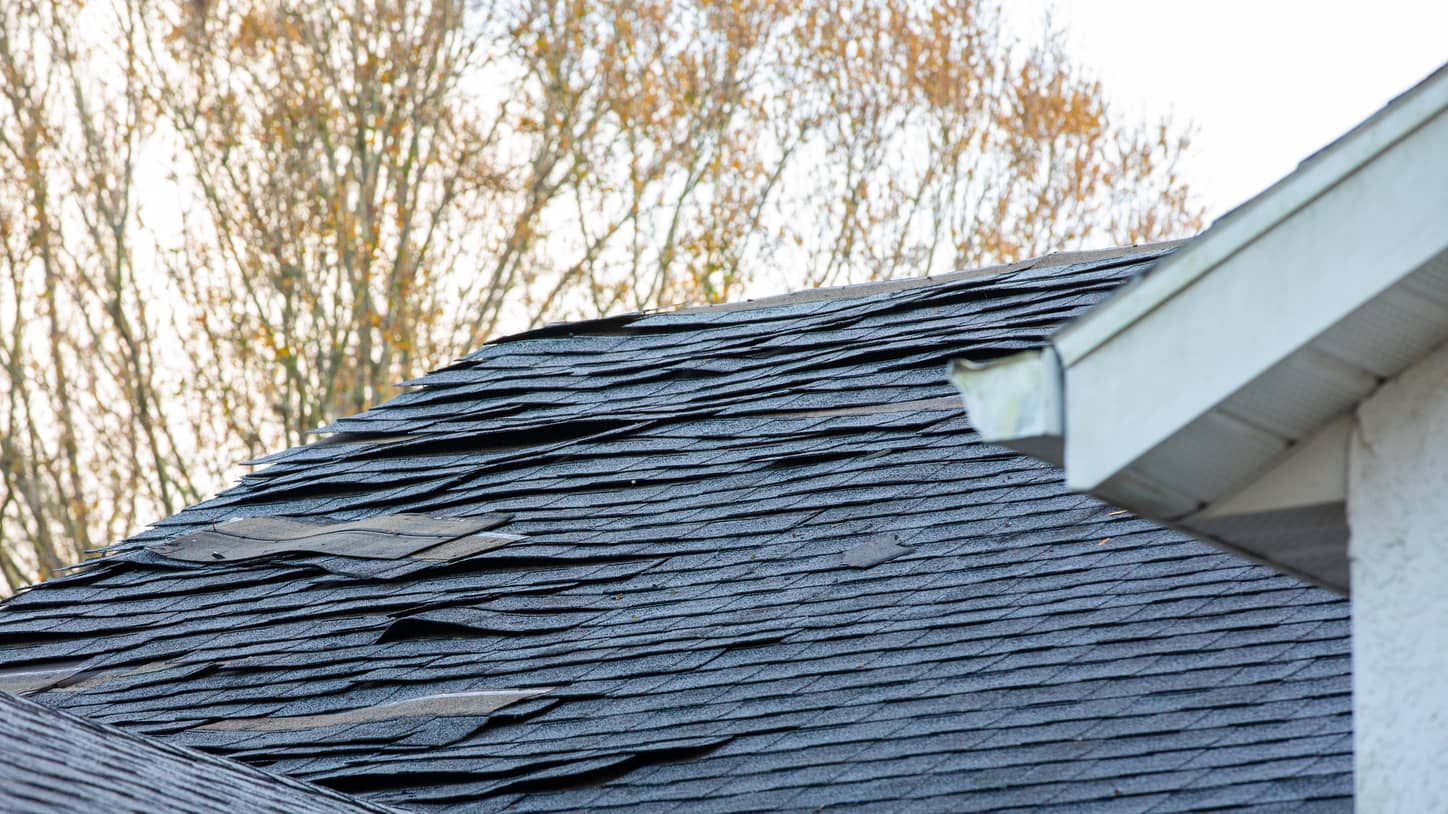

Articles
How Often Do You Replace Roof
Modified: October 20, 2024
Discover how often you should replace your roof with our informative articles. Keep your home protected with these essential maintenance tips.
(Many of the links in this article redirect to a specific reviewed product. Your purchase of these products through affiliate links helps to generate commission for Storables.com, at no extra cost. Learn more)
Introduction
Replacing a roof is a significant investment that homeowners will likely encounter at some point. The lifespan of a roof depends on various factors, including the type of roofing material, climate conditions, maintenance, and other external factors. Understanding when and how often to replace a roof is essential to prevent costly damages and maintain the integrity of your home.
In this article, we will explore the factors that affect the lifespan of a roof, discuss common roofing materials, and provide guidance on when to consider roof replacement. Additionally, we will share tips on prolonging the lifespan of your roof to ensure its durability and longevity.
So, let’s dive in and learn more about the lifespan of roofs and how to determine when it’s time for a replacement.
Key Takeaways:
- Regular inspections, prompt repairs, and proactive maintenance are essential for prolonging the lifespan of your roof. Addressing issues early can prevent costly repairs and maintain the integrity of your home.
- Understanding the signs that indicate your roof needs replacement is crucial. From curled shingles to water damage, identifying these signs early can protect your home and save you from extensive damage.
Read more: How Often Do You Replace Pillows
Factors Affecting Roof Lifespan
Several factors can influence the lifespan of a roof, and understanding these factors will help you determine when it’s time for a replacement. Here are some key factors to consider:
- Climate: The climate in which you live plays a significant role in the lifespan of your roof. Extreme temperatures, high humidity, heavy rainfall, strong winds, and harsh weather conditions can all contribute to the deterioration of roofing materials.
- Maintenance: Regular maintenance and inspections are crucial to extending the lifespan of your roof. Neglecting maintenance tasks such as cleaning gutters, removing debris, and addressing any small repairs can lead to more significant issues over time.
- Installation Quality: The quality of the initial roof installation plays a vital role in its longevity. Poor installation can result in premature wear and tear, leaks, and other structural issues.
- Roof Pitch: The pitch or slope of the roof affects its lifespan. Roofs with steeper slopes allow for better water drainage, reducing the risk of water damage and prolonging the life of the roof.
- Ventilation: Proper ventilation is essential to maintain the integrity of the roofing system. Adequate ventilation prevents heat buildup, reduces moisture, and helps prevent the growth of mold and mildew, which can cause damage to the roof.
- Material Quality: The quality of the roofing material used also affects its durability and lifespan. High-quality materials tend to be more resistant to wear and tear, weathering, and UV radiation.
- Environmental Factors: Environmental factors such as pollution, tree debris, and the presence of nearby structures or overhanging branches can impact the lifespan of your roof. Trees close to the house can cause damage by scratching or falling branches, and accumulated debris can hold moisture, leading to deterioration.
It’s important to consider all these factors when assessing the lifespan of your roof. Regular inspections, maintenance, and addressing any issues promptly will help maximize the life of your roof and ensure the safety and protection of your home.
Common Roofing Materials
There are several common roofing materials used in residential properties, each with its own unique characteristics and lifespan. Understanding the different types of roofing materials can help you make an informed decision when it comes to roof replacement. Here are some of the most common roofing materials:
- Asphalt Shingles: Asphalt shingles are the most popular and widely used roofing material due to their affordability and versatility. They come in a variety of colors, styles, and textures. While the lifespan of asphalt shingles can vary, they typically last between 15 to 30 years.
- Metal Roofing: Metal roofing has gained popularity in recent years due to its durability and longevity. Metal roofs are resistant to extreme weather conditions, fire, and insects. With proper maintenance, metal roofs can last 40 to 70 years or more.
- Wood Shakes: Wood shakes offer a natural and rustic appearance to a roof. Made from cedar or redwood, they provide good insulation and are energy-efficient. However, wood shakes require regular maintenance and have a shorter lifespan of around 20 to 30 years.
- Clay or Concrete Tiles: Clay or concrete tiles are known for their aesthetic appeal and durability. They are resistant to fire, insects, and rot. With proper installation and maintenance, clay or concrete tile roofs can last 50 to 100 years.
- Slate: Slate is a high-end roofing material known for its elegance and longevity. It is incredibly durable and can withstand harsh weather conditions. A well-maintained slate roof can last over a century.
- Synthetic Roofing Materials: Synthetic roofing materials such as rubber, polymer, or plastic emulate the appearance of other roofing materials but offer enhanced durability and resistance to weathering. Their lifespan varies but is generally between 30 to 50 years.
It’s important to consider the pros, cons, cost, and overall lifespan of each roofing material when selecting the right one for your home. Additionally, consulting with a professional roofing contractor can provide valuable insights and guidance on the best roofing material based on your specific needs and budget.
Asphalt Shingles
Asphalt shingles are the most commonly used roofing material in residential properties due to their affordability, ease of installation, and wide range of style options. They consist of a fiberglass or organic mat that is saturated in asphalt and coated with granules to provide protection from the elements.
One of the main reasons for the popularity of asphalt shingles is their relatively low cost compared to other roofing materials. They are available in various colors, shapes, and textures, allowing homeowners to choose a style that suits their aesthetic preferences.
When it comes to lifespan, the longevity of asphalt shingles can vary depending on factors such as climate, installation quality, maintenance, and the specific type of shingle used. On average, asphalt shingles can last anywhere from 15 to 30 years.
There are two types of asphalt shingles: fiberglass and organic.
- Fiberglass Shingles: Fiberglass shingles are made with a fiberglass mat that is coated with asphalt. These shingles are lightweight, fire-resistant, and more resistant to the expansion and contraction that occurs with temperature fluctuations. They have a longer lifespan compared to organic shingles and are less likely to warp or curl over time.
- Organic Shingles: Organic shingles are made from a base mat of cellulose fibers (typically recycled paper) that is saturated in asphalt. These shingles are heavier and offer a thicker, more textured appearance. While they may have a shorter lifespan compared to fiberglass shingles, they are often preferred for their durability and impact resistance.
To maximize the lifespan of asphalt shingles, regular inspections and maintenance are essential. This includes keeping the roof clean from debris, ensuring proper ventilation, addressing any damaged or missing shingles promptly, and avoiding excessive foot traffic on the roof.
Overall, asphalt shingles provide a cost-effective and versatile roofing solution for homeowners. However, it’s important to consider your specific climate conditions and the quality of installation to ensure the longevity and performance of your asphalt shingle roof.
Metal Roofing
Metal roofing has gained popularity in recent years due to its durability, longevity, and aesthetic appeal. Made from various metals such as steel, aluminum, or copper, metal roofs offer numerous advantages for homeowners seeking a long-lasting roofing solution.
One of the key benefits of metal roofing is its exceptional durability. Metal roofs are highly resistant to extreme weather conditions, including heavy rain, snow, hail, and strong winds. They are also fire-resistant and can effectively shed snow and ice, preventing excessive weight buildup on the roof.
In terms of longevity, metal roofs far surpass many other roofing materials. With proper installation and maintenance, a metal roof can last 40 to 70 years or more. This longevity translates into cost savings over the lifespan of the roof, as it typically requires less frequent replacement compared to other materials.
Metal roofing is also known for its energy efficiency. Metal roofs reflect heat from the sun, reducing the amount of heat transferred into the house. This can help lower cooling costs during hot summer months and make the home more comfortable overall.
Homeowners can choose from a variety of styles and finishes to match their architectural preferences. Metal roofs are available in different colors, textures, and profiles, including standing seam, corrugated, and metal tile. This versatility allows homeowners to achieve the desired look while reaping the benefits of a durable roofing material.
Although metal roofs are highly durable, it’s still important to perform regular inspections and maintenance. This includes checking for loose or damaged panels, addressing any corrosion, and ensuring proper sealing around vents, chimneys, and other roof penetrations.
While metal roofs may have a higher upfront cost compared to some other roofing materials, their longevity and durability make them a worthwhile investment. Additionally, metal roofs are environmentally friendly as they can be recycled at the end of their lifespan, reducing waste and environmental impact.
When considering metal roofing, it’s best to consult with a professional roofing contractor to assess your specific needs, budget, and regional climate. They can provide guidance on the most suitable metal roofing system and ensure proper installation for optimal performance and longevity.
Read more: How Often Should You Replace Rugs
Wood Shakes
Wood shakes are a classic and natural choice for homeowners looking to add warmth and character to their roofs. Made from cedar or redwood, wood shakes offer a rustic and charming aesthetic appeal that can instantly enhance the overall look of a home.
One of the main advantages of wood shakes is their excellent insulation properties. The natural properties of wood help to regulate temperature, keeping your home cooler in the summer and warmer in the winter. This can potentially lead to energy savings on heating and cooling costs.
Wood shakes are also known for their durability when properly maintained. Regular maintenance is crucial to ensure their longevity and performance. This includes routine inspections for damage, cleaning any debris or moss buildup, and applying protective wood preservatives to prevent rot and decay.
The lifespan of wood shakes can vary depending on factors such as climate, installation quality, and maintenance. On average, wood shakes can last around 20 to 30 years, but this can be extended through proper care and maintenance.
It’s important to note that wood shakes require more maintenance compared to other roofing materials. They are more prone to damage from moisture, insects, and UV exposure. Regular inspections and prompt repairs are essential to prevent issues such as rot, warping, or splitting.
When considering wood shakes, it’s important to check local building codes and regulations as some areas may have restrictions on their use due to fire safety concerns. However, treated wood shakes that meet fire safety standards are available as an alternative.
Wood shakes offer a natural and timeless beauty to roofs, but homeowners should weigh the aesthetic appeal against the higher maintenance requirements and potential fire safety considerations. Consulting with a professional roofing contractor can help determine if wood shakes are a suitable choice based on your preferences, local regulations, and specific needs.
Overall, wood shakes can provide a unique and visually pleasing option for homeowners seeking a natural and warm roofing material. With proper care and maintenance, wood shakes can offer a long-lasting and charming solution for your home’s roof.
Clay or Concrete Tiles
Clay or concrete tiles are renowned for their timeless beauty, durability, and exceptional longevity. These roofing materials have been used for centuries and are favored for their ability to add a touch of elegance and sophistication to any architectural style.
One of the key advantages of clay or concrete tiles is their remarkable durability. These tiles are resistant to fire, insects, and rot. They can withstand harsh weather conditions, including strong winds and heavy rain. When installed properly and maintained regularly, clay or concrete tile roofs can last 50 to 100 years or more.
In addition to their durability, clay and concrete tiles offer excellent insulation properties. They have natural thermal resistance, helping to keep homes cooler in hot climates and reducing the need for excessive air conditioning. This can result in energy savings and increased comfort.
Clay and concrete tiles also provide excellent protection against UV radiation. They do not fade or deteriorate as quickly as other roofing materials, maintaining their vibrant and rich colors over time. This makes clay or concrete tile roofs an appealing option for homeowners who value aesthetics and long-lasting beauty.
It’s important to note that clay and concrete tiles are heavier compared to other roofing materials. Proper structural support is essential during installation to ensure the weight is adequately supported. Consulting with a professional roofing contractor is highly recommended to assess your home’s structural integrity.
Regular maintenance is key to maximizing the lifespan of clay or concrete tile roofs. Inspecting for cracked, broken, or loose tiles, cleaning debris or moss buildup, and ensuring proper flashing and sealing around roof penetrations are important maintenance tasks to address promptly.
When considering clay or concrete tiles, it’s essential to factor in the cost. These roofing materials generally have a higher upfront cost compared to other options. However, the exceptional lifespan and timeless beauty they offer can make them a worthwhile investment.
Overall, clay or concrete tiles are an excellent choice for homeowners seeking a roofing material with exceptional durability, aesthetics, and longevity. With proper installation, regular maintenance, and attention to structural support, clay or concrete tile roofs are sure to maintain their beauty and protect your home for decades to come.
It is recommended to replace your roof every 20-25 years, or sooner if you notice signs of damage such as leaks, missing shingles, or sagging. Regular inspections can help identify when it’s time for a replacement.
Factors to Consider When Replacing a Roof
Replacing a roof is a significant investment, and careful consideration of several factors is necessary to ensure a successful and long-lasting roof replacement. Here are some key factors to consider when embarking on a roof replacement project:
- Type of Roofing Material: The choice of roofing material is an important decision that will impact the aesthetics, durability, and lifespan of your new roof. Consider factors such as climate, maintenance requirements, energy efficiency, and budget when selecting the right material for your home.
- Hiring a Professional Roofing Contractor: It’s crucial to find a reputable and experienced roofing contractor to handle the roof replacement project. Look for contractors with proper licensing, insurance, and a solid reputation within the community. Obtain multiple quotes and ask for references to ensure you hire the right professional for the job.
- Budget and Financing: Determine your budget for the roof replacement project and explore financing options if needed. Roof replacement costs can vary depending on the size of the roof, chosen materials, and other factors. Consider long-term costs and benefits when establishing your budget.
- Building Codes and Permits: Ensure that you adhere to local building codes and regulations. Check with your local authorities to determine if any permits are required for the roof replacement. Failing to comply with building codes can lead to fines or difficulties when selling your home in the future.
- Climatic Considerations: Take into account your local climate and weather conditions when selecting roofing materials. Consider factors such as temperature extremes, precipitation levels, wind patterns, and resistance to natural disasters when choosing a material that can withstand the elements in your area.
- Timing and Scheduling: Consider the best time to schedule the roof replacement. Avoid high-demand seasons, such as peak summer or winter months, as roofing contractors may be busier or face weather-related delays. Plan the project well in advance to ensure a smooth and timely process.
- Sustainability and Energy Efficiency: If environmental impact is important to you, consider eco-friendly roofing options that are energy-efficient and made from recyclable materials. These roofs can help reduce your carbon footprint and offer long-term energy savings.
- Warranty and Maintenance: Review the warranties offered by both the roofing material manufacturer and the roofing contractor. Understand the coverage and duration of each warranty and inquire about recommended maintenance practices to ensure the longevity and validity of the warranty.
By taking these factors into account, you can make informed decisions throughout the roof replacement process and ensure you end up with a durable, aesthetically pleasing, and functional roof that meets your needs and budget.
Signs That Your Roof Needs Replacement
Knowing when it’s time to replace your roof is crucial in order to prevent further damage to your home and ensure the safety and protection of your family. Here are some common signs that indicate it may be time for a roof replacement:
- Age of the Roof: The age of your roof is one of the first factors to consider. Most roofs have an expected lifespan, and if your roof is approaching or exceeded that timeframe, it may be time to consider a replacement.
- Curled or Buckled Shingles: Look for shingles that are curled, cracked, or buckled. This is a sign of weathering and degradation, and it indicates that the shingles have lost their protective properties.
- Missing Shingles: If you notice missing shingles on your roof, this can leave vulnerable areas exposed to the elements. Missing shingles can lead to leaks and further damage to the underlying structure.
- Leaks or Water Damage: Water stains on your ceiling or walls, mold or mildew growth, or visible signs of water inside your attic are all indications of leaks and water damage. If these issues persist, it’s a clear sign that your roof is compromised.
- Sagging or Drooping Roof: A sagging or drooping roofline is a significant sign that something is wrong with the structural integrity of your roof. It could indicate rot, water damage, or a problem with the underlying support system.
- Excessive Granule Loss: Check your gutters for an excessive amount of granules. Granules serve as a protective layer on asphalt shingles, and if they are wearing off, it could be a sign of deteriorating shingles that require replacement.
- Damaged Flashing: Damaged or deteriorated flashing around chimneys, vents, or skylights can allow water to seep underneath the roofing materials, leading to leaks and water damage. If the flashing is beyond repair, it may be time for a roof replacement.
- Visible Wear and Tear: Take a close look at your roof for signs of general wear and tear, such as cracked, blistered, or discolored shingles. If your roof looks worn or aged, it may be a good time to consider a replacement.
- Frequent Repairs: If you find yourself constantly dealing with roof repairs, it may be more cost-effective in the long run to invest in a new roof. Frequent repairs can indicate that your roof is nearing the end of its lifespan.
It’s important not to ignore these warning signs. Ignoring roof issues can lead to more extensive damage, higher repair costs, and potential safety hazards. If you notice any of these signs, it’s recommended to consult with a professional roofing contractor. They can assess the condition of your roof and provide guidance on whether a replacement is necessary.
Average Lifespan of Different Roofing Materials
The lifespan of a roof varies depending on the type of material used. Understanding the average lifespan of different roofing materials can help you make informed decisions when it comes to roof replacement. Here are the approximate average lifespans of common roofing materials:
- Asphalt Shingles: Asphalt shingles are the most popular and affordable roofing material. On average, they last between 15 to 30 years. However, higher quality asphalt shingles can have a longer lifespan.
- Metal Roofing: Metal roofs are known for their durability and longevity. With proper maintenance, metal roofs can last 40 to 70 years or more. Factors such as the type of metal used and the thickness of the panels can impact the lifespan.
- Wood Shakes: Wood shakes offer a natural and rustic appearance to a roof. They typically have a lifespan of around 20 to 30 years. Regular maintenance is essential to prolong their lifespan and prevent damage from moisture and pests.
- Clay or Concrete Tiles: Clay or concrete tiles are highly durable and can last 50 to 100 years or more. Proper installation, maintenance, and periodic inspection are important to ensure their longevity.
- Slate: Slate is a premium roofing material known for its elegance and durability. With proper care, slate roofs can last over a century. They are highly resistant to fire, rot, and insect damage.
- Synthetic Roofing Materials: Synthetic roofing materials such as rubber, polymer, or plastic can have a lifespan of 30 to 50 years. These materials are designed to mimic the look of other roofing materials while offering enhanced durability and resistance to weathering.
It’s important to note that these are average lifespans and can vary depending on factors such as climate, installation quality, maintenance, and other external factors. Regular inspections, maintenance, and prompt repairs are crucial to extending the lifespan of any roof.
When considering a new roof, it’s essential to weigh the upfront cost of the material against its expected lifespan. Investing in a longer-lasting roofing material may prove to be more cost-effective in the long run, as it may require less frequent replacement and repairs. Consulting with a professional roofing contractor can provide valuable insights into the best roofing material for your specific needs and budget.
Frequency of Roof Replacement
The frequency of roof replacement can depend on various factors, including the type of roofing material, climate conditions, maintenance, and other external factors. While there is no fixed timeline for when a roof needs to be replaced, certain guidelines can help homeowners determine when it’s time for a replacement.
On average, asphalt shingle roofs, which are the most commonly used roofing material, have a lifespan of 15 to 30 years. However, the lifespan can vary depending on factors such as the quality of the shingles, installation, climate, and maintenance. Regular inspections by a professional roofing contractor can help determine the condition of the shingles and identify signs of aging or damage that may require replacement.
Other roofing materials tend to have longer lifespans. Metal roofing can last 40 to 70 years or more with proper maintenance. Wood shakes have a lifespan of around 20 to 30 years, while clay or concrete tiles can last 50 to 100 years or more.
It’s important to note that these estimated lifespans are just averages, and the actual lifespan of a roof can be influenced by a variety of factors. Factors such as the local climate, exposure to extreme weather conditions, the quality of installation and maintenance, and even the presence of nearby trees or structures can impact the lifespan of a roof.
Regular roof inspections are essential in determining when a roof needs to be replaced. Some signs that indicate it may be time for a replacement include curling or buckling shingles, missing shingles, leaks or water damage, sagging or drooping rooflines, excessive granule loss, damaged flashing, visible wear and tear, and frequent repairs.
Homeowners should also consider the cost-effectiveness of a roof replacement. If you find yourself frequently dealing with roof repairs and the roof is near the end of its expected lifespan, it may be more cost-effective in the long run to invest in a new roof rather than continue to patch up the existing one.
Finally, it’s important to plan for roof replacement based on your specific circumstances and needs. Scheduling a roof replacement during a time of the year when weather conditions are favorable can help ensure a smoother and more efficient installation process.
Ultimately, the frequency of roof replacement will depend on the specific factors surrounding your roof, but regular inspections and proactive maintenance can help identify when a replacement is needed to ensure the safety and integrity of your home.
Tips to Prolong Roof Lifespan
A well-maintained roof can last significantly longer, saving you money on costly replacements. Here are some essential tips to help prolong the lifespan of your roof:
- Perform Regular Inspections: Regularly inspect your roof for signs of damage, wear, or aging. Look for curled or cracked shingles, missing or loose roofing materials, and signs of water damage or leaks. Inspections should be done at least once a year and after severe weather events.
- Address Issues Promptly: If you notice any signs of damage or issues during your inspections, address them promptly. Delaying repairs can lead to further damage that may require a more extensive and costly repair or even a full roof replacement. Quick action can prevent leaks and prevent minor issues from becoming major ones.
- Clean Gutters and Remove Debris: Regularly clean your gutters and remove debris, such as leaves, branches, and dirt. Clogged gutters can lead to water backup, which can cause damage to your roof and fascia boards. Ensure that water can flow freely off your roof to avoid pooling and unnecessary stress on the roofing materials.
- Trim Trees and Branches: Trim any overhanging branches near your roof. Falling branches or rubbing against the roof can damage the shingles and create entry points for water, pests, and other elements. Keep trees well-maintained and ensure they are not impacting the integrity of your roof.
- Ensure Proper Attic Ventilation: Good attic ventilation is essential for maintaining the temperature and moisture levels in your roofing system. Proper venting helps prevent heat buildup in the summer, reduces moisture and condensation, and extends the lifespan of your roof. Consult with a professional to ensure your attic is adequately ventilated.
- Keep your Roof Clean: Regularly clean your roof of debris, moss, or algae growth. Debris can hold moisture, which can lead to decay and damage to the roofing materials. Gentle cleaning methods, such as low-pressure washing or using a soft-bristle brush, can help remove dirt and algae without causing damage.
- Invest in Professional Roof Inspections: While you can perform your own inspections, it’s wise to hire a professional roofing contractor for a thorough inspection at least once every few years. They can identify hidden issues, assess the overall condition of your roof, and provide expert recommendations and maintenance tips.
- Don’t Overlook Maintenance: Regular maintenance is key to prolonging your roof’s lifespan. This includes addressing minor repairs, resealing flashing, replacing damaged or missing shingles, and keeping up with routine maintenance tasks. Create a maintenance schedule and prioritize regular upkeep to prevent small problems from escalating into major issues.
- Consider Roof Coatings: Roof coatings can provide an additional layer of protection and extend the lifespan of your roof. They can help reflect sunlight, reduce heat absorption, and provide waterproofing benefits. Consult with a professional to determine if a roof coating is suitable for your specific roofing material.
By following these tips and investing in regular maintenance and inspections, you can significantly prolong the lifespan of your roof. Remember, a well-maintained roof not only ensures the protection of your home but also saves you money by avoiding costly repairs or premature replacements.
Conclusion
Taking care of your roof is essential to ensure the longevity, durability, and protection of your home. Understanding the factors that affect a roof’s lifespan and knowing when it’s time for a replacement can save you from costly repairs and maintain the integrity of your property.
Throughout this article, we have explored the various factors that can impact the lifespan of a roof, discussed common roofing materials, and provided tips on how to prolong the lifespan of your roof. From asphalt shingles to metal roofing, wood shakes to clay or concrete tiles, each material has its own unique characteristics and lifespan.
Regular inspections, prompt repairs, and proactive maintenance are key to extending the lifespan of your roof. By addressing issues as soon as they arise and conducting routine maintenance tasks, such as cleaning gutters, trimming trees, and ensuring proper ventilation, you can prevent damage and prolong the life of your roof.
Knowing the signs that your roof needs replacement is vital. Whether it’s curled shingles, leaks, sagging rooflines, or excessive wear and tear, identifying these signs early on can protect your home from further damage and save you from costly repairs in the long run.
Remember, it’s important to consult with a professional roofing contractor to assess the condition of your roof and determine the best course of action. They can provide expert advice on the right roofing material, maintenance practices, and any necessary repairs or replacements.
In conclusion, a well-maintained roof not only ensures the safety and protection of your home but also enhances its overall beauty and value. By understanding the factors affecting your roof’s lifespan and implementing the necessary preventive measures, you can ensure your roof lasts for many years to come.
So, take the time to care for your roof, perform regular inspections, and address any issues promptly. Your roof will thank you with many years of reliable and durable protection.
Frequently Asked Questions about How Often Do You Replace Roof
Was this page helpful?
At Storables.com, we guarantee accurate and reliable information. Our content, validated by Expert Board Contributors, is crafted following stringent Editorial Policies. We're committed to providing you with well-researched, expert-backed insights for all your informational needs.

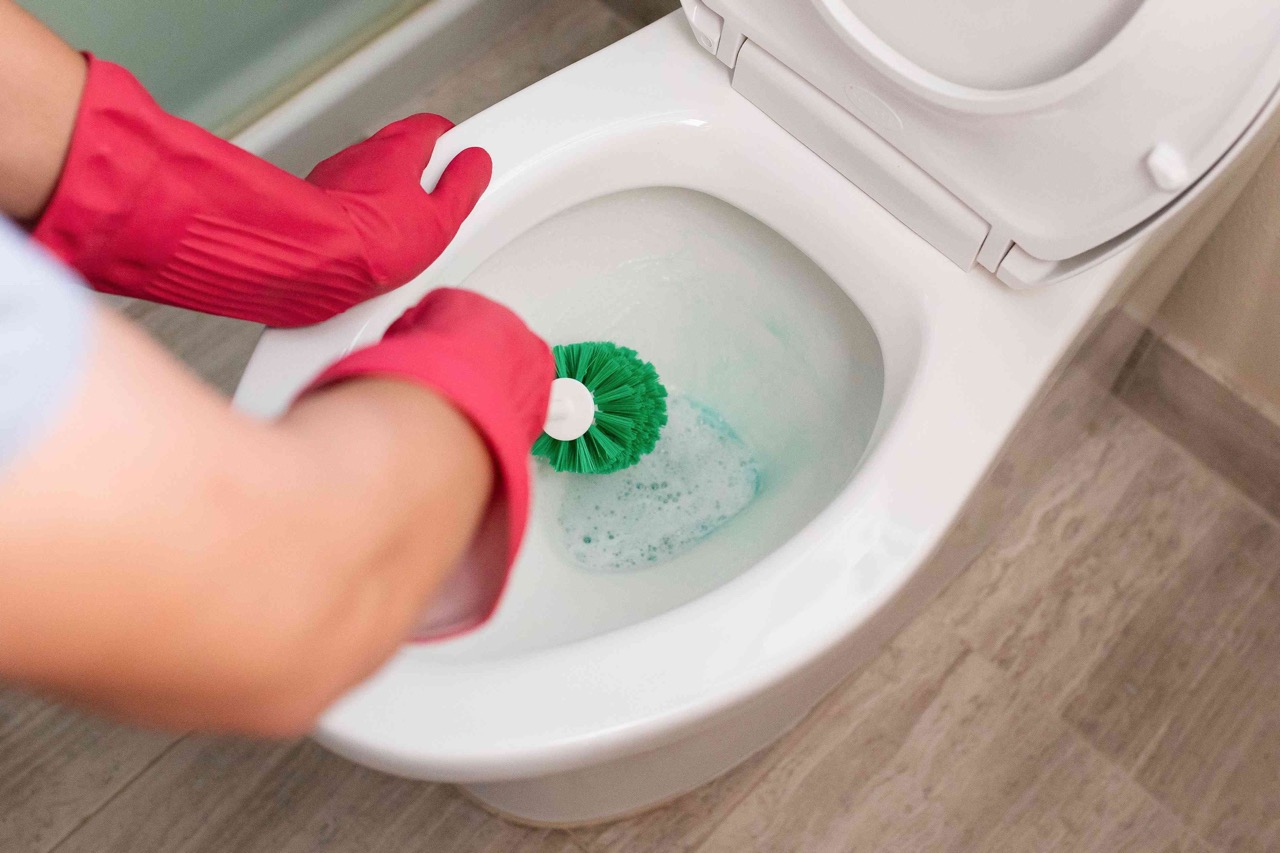

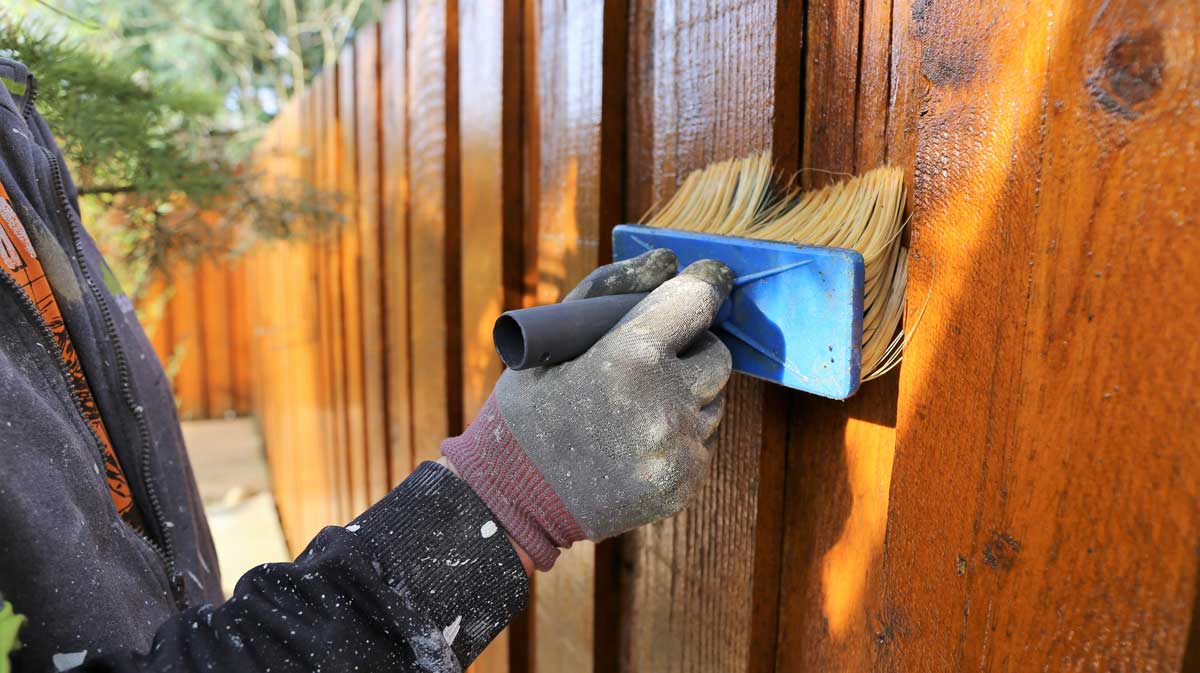

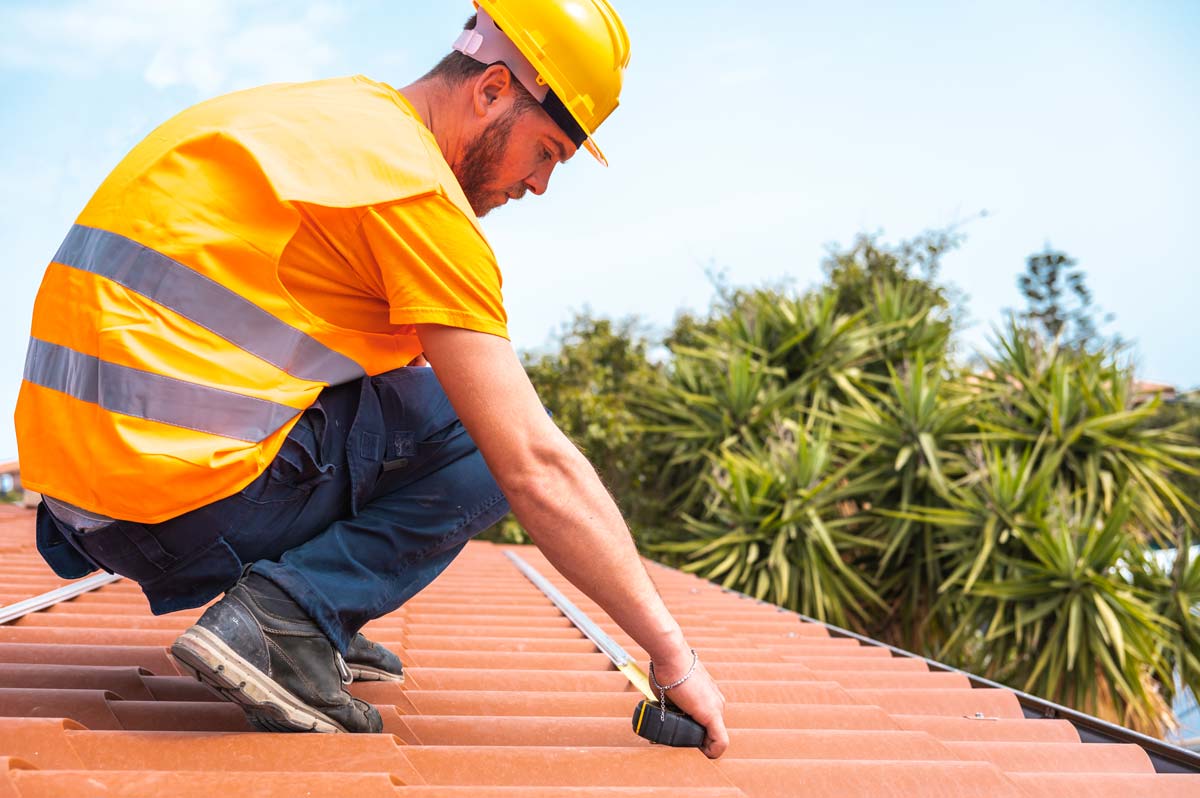
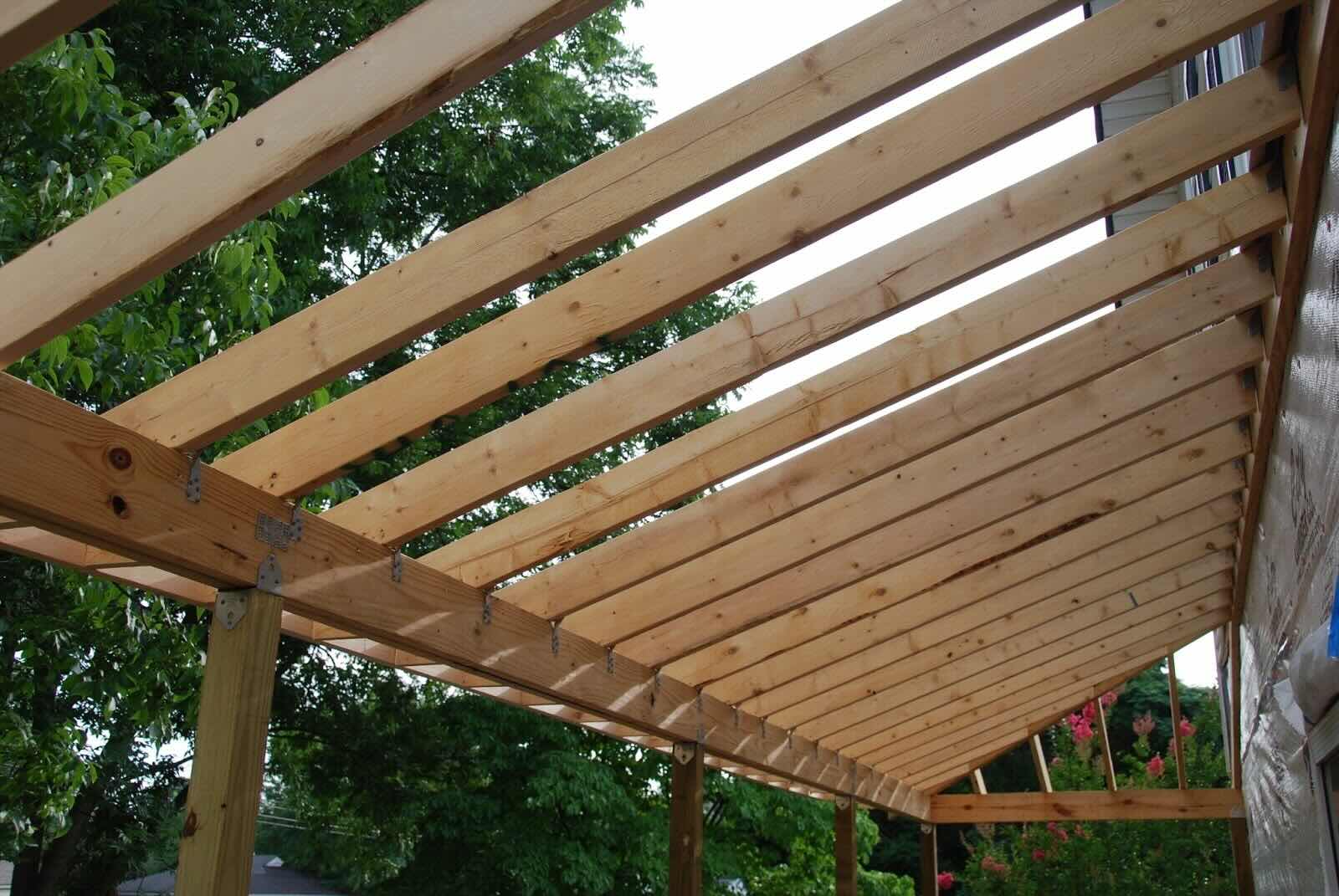
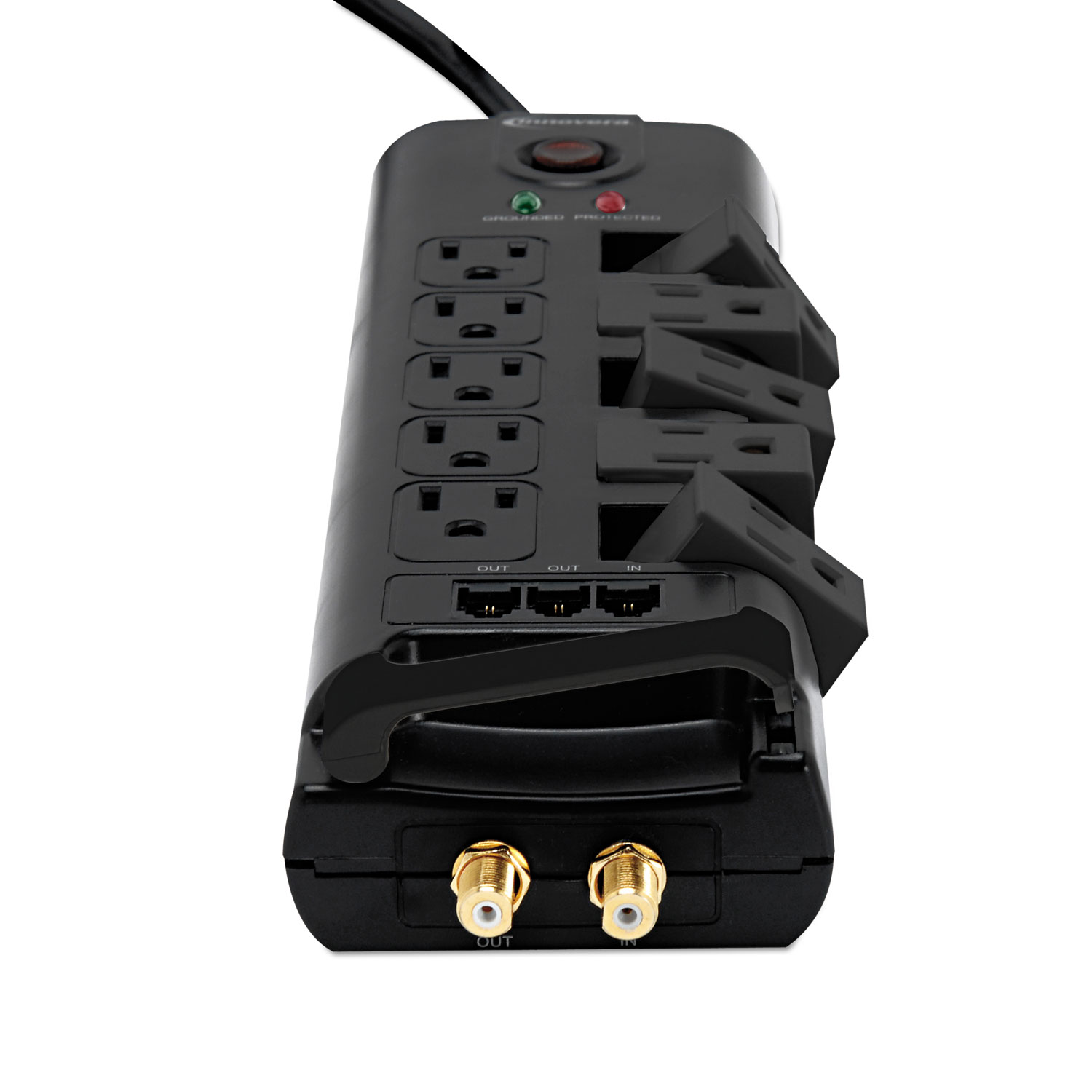

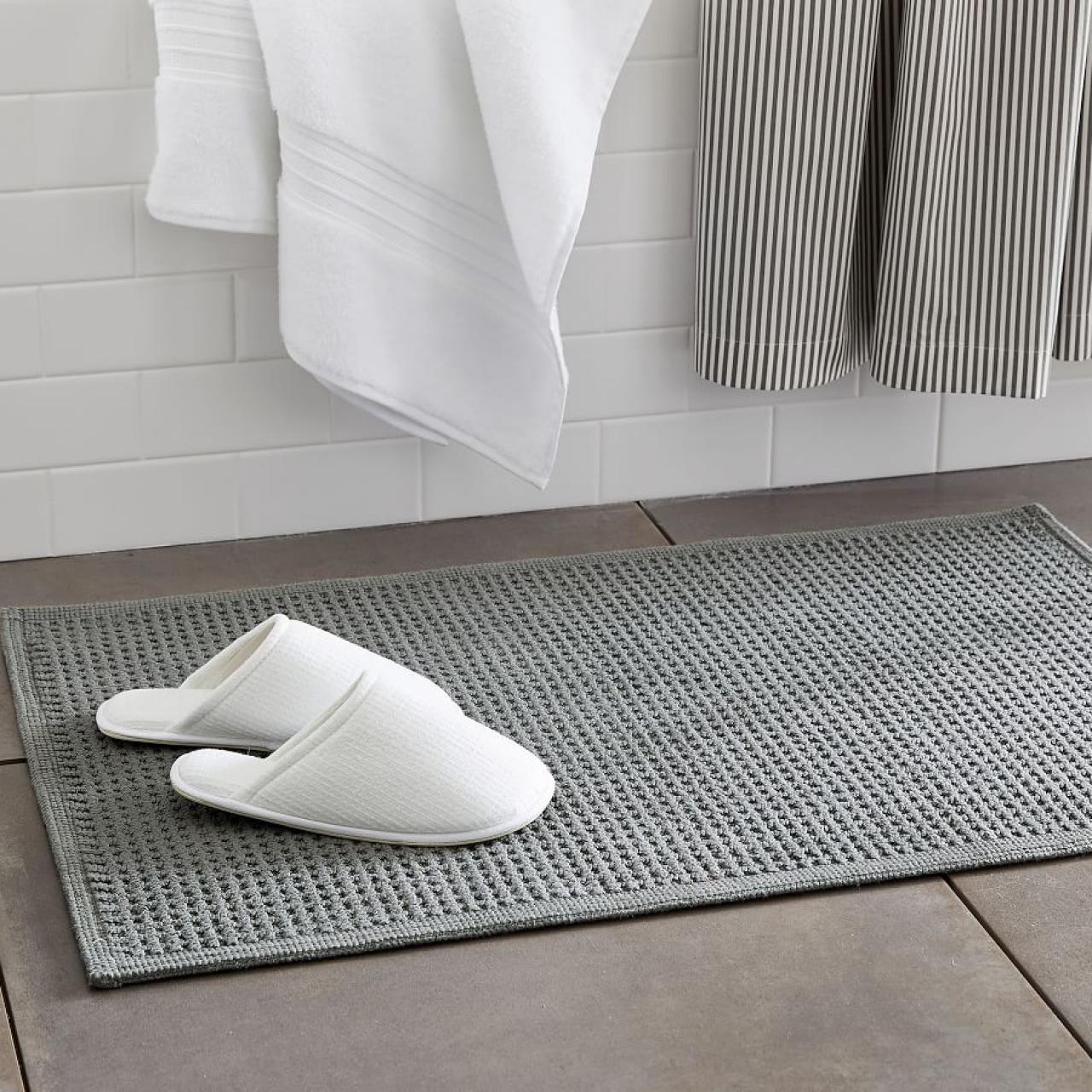
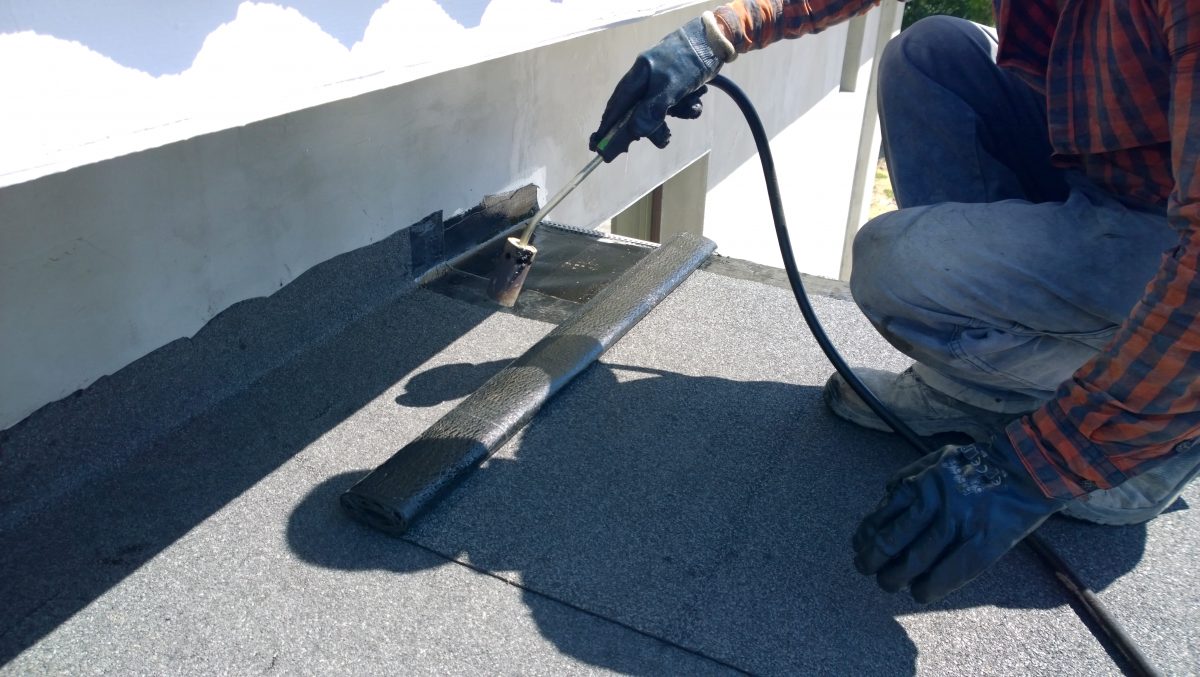

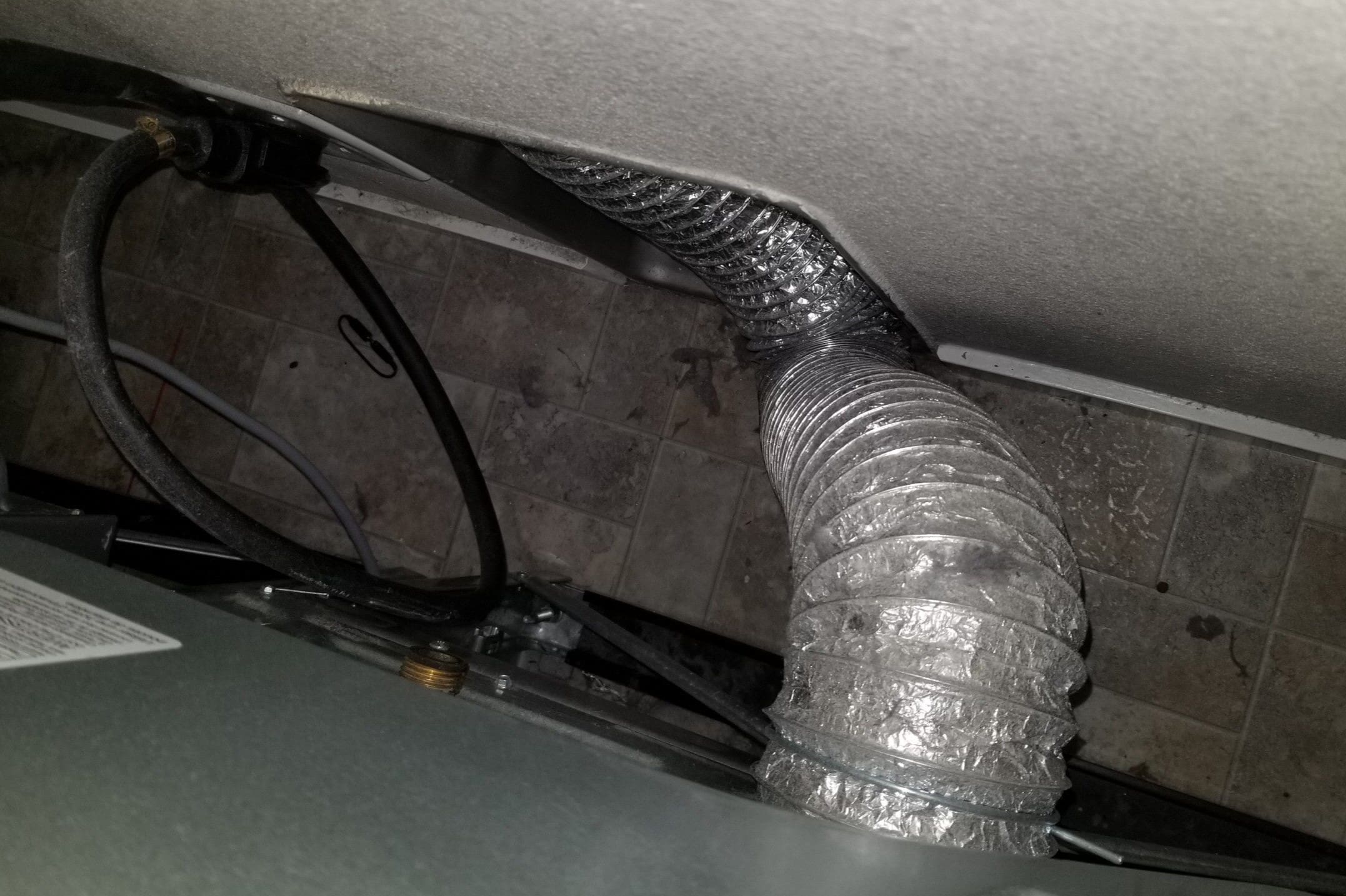

0 thoughts on “How Often Do You Replace Roof”